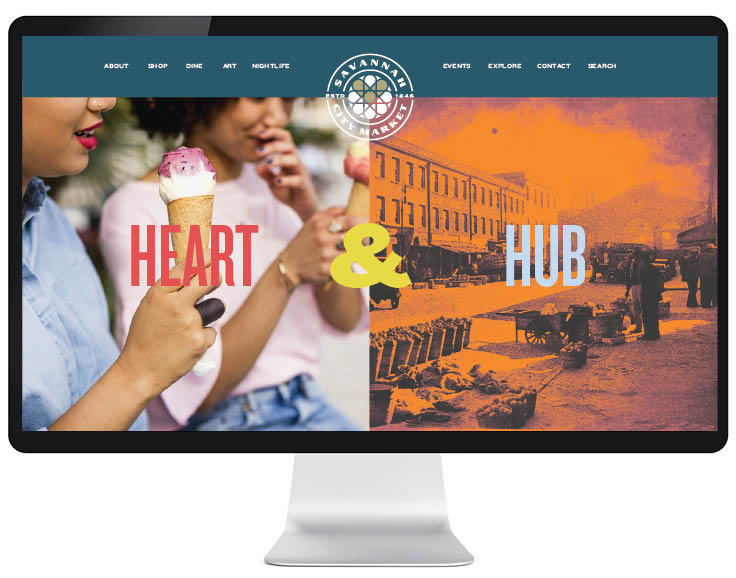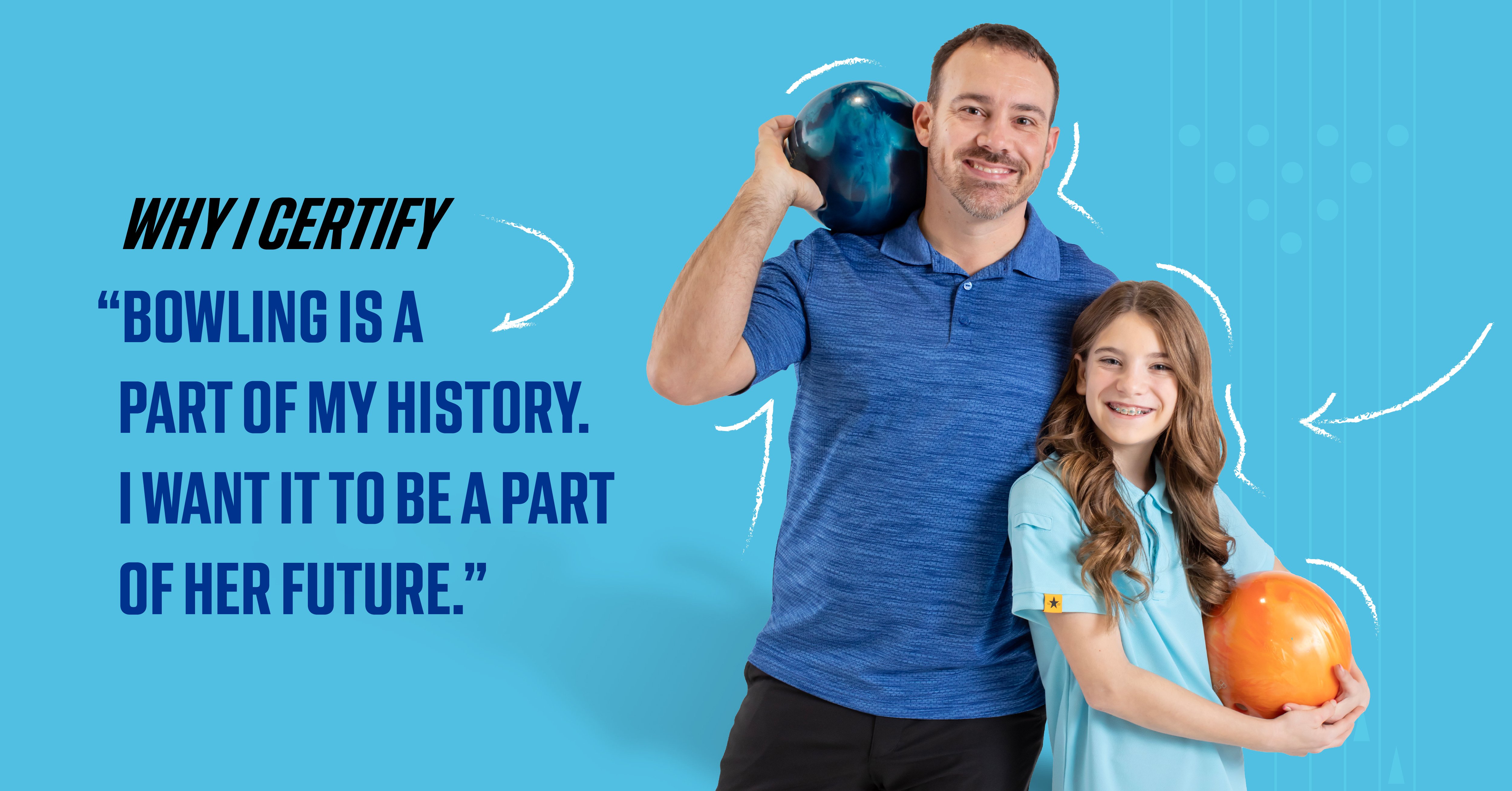Most people have a love/hate relationship with change. Sometimes we welcome it, and sometimes we dread it. When beloved brands change, customer reactions can vary depending on the extent of the change and their emotional attachment to the brand. Some may react negatively at first while others may embrace and even celebrate the changes. And with time and proper nurturing from the brand, even those detractors can come around to love again.
For business leaders, introducing a new brand identity or undergoing a rebranding can be an exciting process. But amid the buzz of updating your brand's look and message, don't forget your customers. Ensure that your brand keeps attracting and engaging them. Don't discount the emotional attachment your current customers have to your brand.
A digital go-to-market (GTM) campaign after a brand change requires strategic planning and targeted efforts to create awareness and understanding of your new brand. The simplest way to do that is by driving traffic to your website, social media channels, and other online platforms. Effective communication and transparency can mitigate adverse reactions and build consumer trust and loyalty.
This blog post will explore best practices for nurturing customer engagement following a brand change. Whether you're undertaking a complete rebrand, repositioning, a change in a particular brand strategy, or a refresh, this guide will equip you with the insights you need to successfully navigate the transition and attract more customers.
First, let’s discuss what we mean by the terms rebrand, refresh, reposition, and more.
What's the Difference?
The terms used for changing a brand are similar yet vary in level of change and strategy. Each represents a different approach to managing and evolving your brand's identity and positioning in the market.
Rebrand
Rebranding is the process of creating an entirely new brand identity. This can involve changes to the brand's name, logo, visual elements, taglines, messaging, and overall brand positioning. Businesses typically rebrand to attract new customers and stand out from competitors. Or they want to show changes in the company's values, offerings, or target audience. A rebrand is a comprehensive and fundamental overhaul, which means it needs a comprehensive online and offline GTM strategy.

Refresh
Refreshing a brand involves minor updates or modifications to its identity while retaining its essence. It may include subtle changes to the logo, typography, color palette, or messaging. The goal may be to modernize the brand's image and appeal to contemporary audiences. A brand refresh aims to maintain continuity with its heritage while keeping it relevant and up-to-date. A refresh should modernize and revitalize a brand while retaining its core values and identity.
Communication during a brand refresh launch typically focuses on evolution rather than revolution. Phase 3 recently assisted the Savannah City Market in a strategic refresh. The results were an updated visual identity and messaging applied across all marketing channels, including a new website, signage, print ads, social media graphics, and more. The refresh offered residents and visitors to Savannah a reason to give City Market a second look. The goal was to maintain the market's status as a beloved destination while elevating it to more than just a tourist attraction.

Reposition
Repositioning a brand involves shifting its position in the market to appeal to a different audience or to define a new value proposition. It could include changing the brand's messaging, target audience, pricing strategy, distribution channels, or product offerings. The goal is to better align with emerging market trends or consumer preferences. A company will reposition to address changes in market dynamics, competitive pressures, or shifts in consumer behavior.

The Phase 3 brand team created the "Why I Certify" campaign to reposition the United States Bowling Conference (USBC). USBC's membership numbers were declining due to a small but vocal group of bowlers publicly questioning the value of USBC membership. In a new messaging platform, we shifted the way USBC talks about its members. We now refer to them as "certified bowlers." This emphasizes the significance of their commitment to the future of the sport. With fresh and dynamic campaign visuals and professional photography, we highlighted the new messaging platform online, in print, and in person at bowling events across the country. While it wasn't a rebranding, it was a repositioning of what it means to be a USBC member.
Brand Strategy Change
Sometimes, a brand just needs to shift or redefine one aspect of the overall brand strategy. This often happens when a company consolidates product lines or adds a product line that appeals to a new market. They don't need a complete rebrand, refresh, or repositioning but rather a strategic adjustment within the existing brand framework. They can help streamline operations, focus resources, and enhance competitiveness in the market.
For example, Wirtgen Group manufactures road construction equipment under four brands: Wirtgen, Vogele, Hamm, and Kleemann. The individual brands are well-known and leaders in their categories, but Wirtgen Group wanted the group name to be synonymous with road construction in North America.

The Phase 3 team developed the concept "It Takes a Road (and a world of experience to build it)" to illustrate the variety of terrains, climates, and countries where Wirtgen Group machines have helped construct roads. The campaign included a landing page introducing the four brands within the Wirtgen Group. Print, digital display, and social ads with seasonal variations drove people to the landing page. We designed the campaign to draw an emotional connection. It connects the work of the target audience to Wirtgen Group equipment. The results generated interest in the Wirtgen Group as a whole.
Regardless of the approach taken, changing a brand requires careful planning. You need to make strategic decisions and execute them well. It’s critical to keeping your brand relevant, resonant, and competitive to consumers.
Recently, we posted an article about the reasons why you may choose to undertake a rebrand rather than a refresh. This article will focus on a successful launch strategy AFTER undertaking a brand change.
Planning a GTM Campaign
Regardless of the specific brand change strategy, the launch is pivotal because it signals a strategic shift in your company's identity, messaging, and positioning within your market. A modification in any brand strategy requires careful planning, meticulous execution, and effective communication.
It’s important to think beyond the launch as well. Your GTM strategy should encompass a comprehensive approach to bringing your new brand to the market, from initial launch to ongoing sales and marketing efforts.
Planning a successful GTM campaign involves several key considerations and steps, laying the foundation for driving awareness, engagement, and business success, even as your brand evolves.
Define Your Objectives
The goals of a successful go-to-market (GTM) campaign should mirror your business objectives and the reasons for your brand change.
- Increase Brand Awareness: One goal could be to raise awareness of your company, product, or service among a target audience. This involves making sure the market knows the brand exists. They must understand its value and how it can meet their needs or solve their pain. We designed our campaign for Wirtgen Group to elevate awareness for the entire brand in America by leveraging their individual product line brand awareness.
- Drive Customer Acquisition: Another critical goal is to acquire new customers. A successful GTM campaign should attract the attention of potential customers and motivate them to take action, such as making a purchase or signing up for a trial. The Savannah City Market project aimed to attract tourists and new locals to the Market. We also wanted to engage current local customers in a fresh way.
- Educate and Inform: A successful GTM campaign should also educate and inform the target audience about your revised brand. This includes providing updated product information. The information should cover features, benefits, use cases, and how your product differs from competitors. By educating consumers, you can help them make informed buying decisions and build trust in your brand. In the case of the "Why I Certify" campaign, the goal was to expand people's understanding of what USBC does for the sport of bowling and give certified bowlers the tools to spread their message.
- Build Customer Engagement and Loyalty: In addition to acquiring new customers, GTM campaigns may also focus on building engagement and loyalty among existing customers. This involves providing value-added content and services and fostering positive customer relationships. The aim is to encourage repeat purchases and referrals. Another goal of the USBC campaign was to deepen the connection with current members by asking them their opinions and feelings about the sport of bowling.
- Establish Market Positioning: A successful GTM campaign could help establish your brand's positioning in the market and differentiate it from competitors. This involves showing the brand's unique value and positioning it as the top choice for target customers. Beauflor, a Belgian flooring manufacturer, opened its US manufacturing facility seven years ago. Since then, it has struggled to define its unique identity for American consumers and retailers. Beauflor engaged Phase 3 to develop an updated brand strategy to help them stand out from their big-name competitors.
Set clear goals for a GTM campaign. Align them with your change management strategy. This will help you launch your revised brand and meet business goals.
Consider Your Target Audience
Your audience plays a pivotal role in the success of a changed brand. Understanding the audience's needs, preferences, and behaviors is essential.
Ask yourself these questions:
- What will our new brand change mean to our customers?
- What do we want customers to think, feel or do with the news of the brand change?
- What about our investors, partners, and suppliers?
- How will prospects and leads respond to the new brand?
It's tempting to think that everyone will be as excited as you are about your brand, but you have to give people a reason to care, answering the question, "What's in it for me?" Understanding the audience was crucial in planning the USBC campaign.
Our research uncovered a need to engage members more deeply, so we made it part of the GTM campaign. We suggested that USBC change how they engage their members. The goal was to emphasize the significance of their members’ commitment to the future of the sport. We launched the new campaign at USBC's annual conference with great feedback. Member stories continue to pour in through their digital channels.
Understanding your target audience will help you manage the other vital tactics in planning a successful GTM campaign.
Update Your Content and Messaging
Consistent messaging and content are important components of a successful GTM strategy. Being very clear and transparent about the changes will help your audience accept the new brand. Critical content should be tailored to your target audience's specific needs and concerns. High-quality content that educates, informs, and inspires the audience will drive engagement and build trust.
For Beauflor, we created the messaging concept "Easy is Beautiful." Rather than overwhelming buyers with hundreds of colors and options like other flooring manufacturers, we decided to amplify the fact that Beauflor offers a curated collection of popular styles in various formats. We decided to relaunch the brand as the flooring that's easy to sell, buy, and love. The new messaging platform effectively spoke to consumers, flooring retailers, and distributors by addressing common pain points in the sector.

Update every single external and internal stakeholder touchpoint. Do a complete inventory of all the places your brand has a presence and plan how and when you will revise each. It’s acceptable to plan your GTM strategy in phases, starting with your internal team and then rolling it out to clients, partners, other stakeholders, and the world-at-large. Whoever is most impacted by the change should be the first to know. The updating process is ongoing. It takes time for new messaging to take hold. Repetition is vital to driving awareness and acceptance.
Measuring Your Success
You must continually measure the success of your campaign. This is key for judging its effectiveness and informing future strategies. How you measure success will depend on your original goals. Key performance indicators (KPIs) include brand awareness, customer engagement, lead generation, media impressions, web traffic, sales conversions, and return on investment (ROI).
Use analytics tools to track online traffic, social media engagement, website conversion rates, email rates, and campaign revenue. Also, gathering customer, stakeholder, and internal team feedback provides valuable insights, and can show the impact of your brand change and identify areas for improvement.
Regularly analyzing and interpreting success metrics can assess your updated brand's performance. It can identify successes and challenges and help you make data-driven decisions to improve future strategies.
Change is hard but also necessary. A well-executed GTM strategy is essential when changing a brand. Even a simple brand refresh can either confuse your customers or foster a deeper emotional connection. The key to a good GTM campaign is understanding your target audience. You must pick relevant digital channels and update content and messaging. You must also consistently measure success. With a careful plan, you can introduce and promote the brand change to your audience while maintaining customer trust and engagement.
Phase 3 is an expert in brand strategy and GTM launch strategies. Let us help you update, uplift, and future-proof your brand. Contact us today.